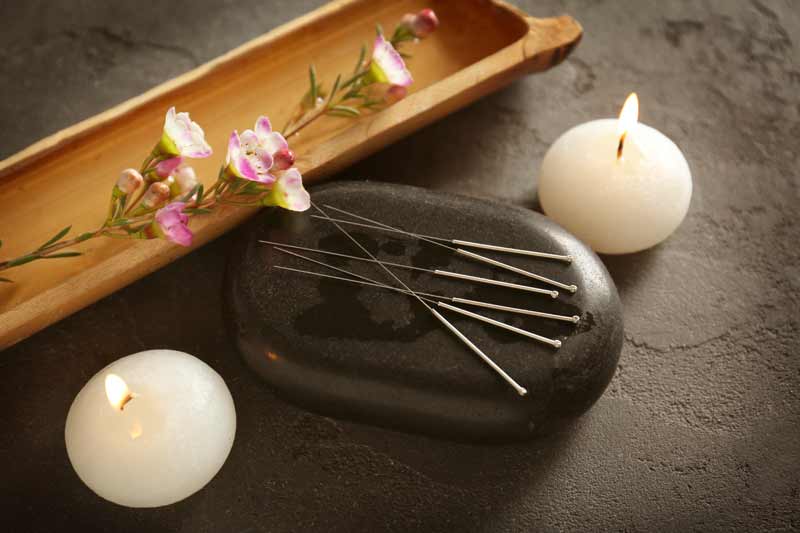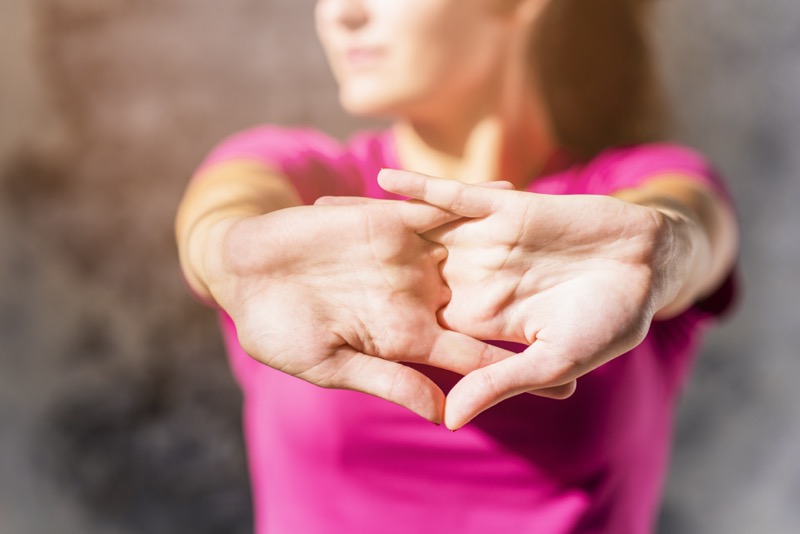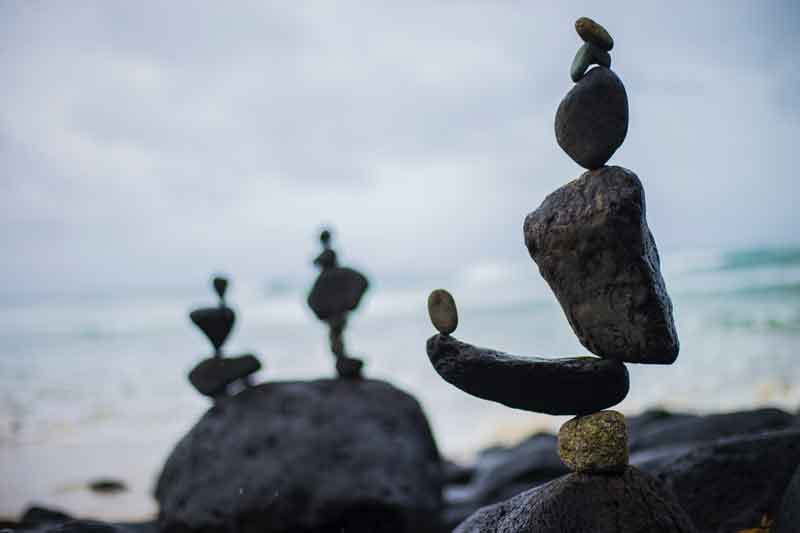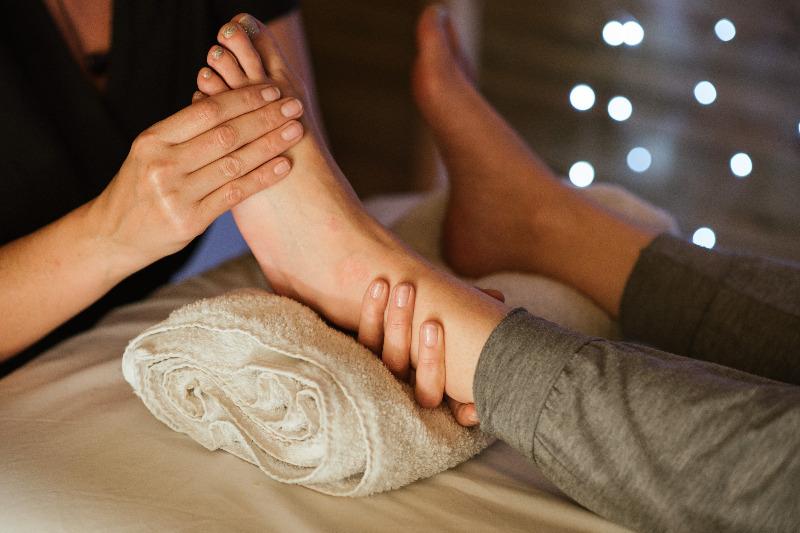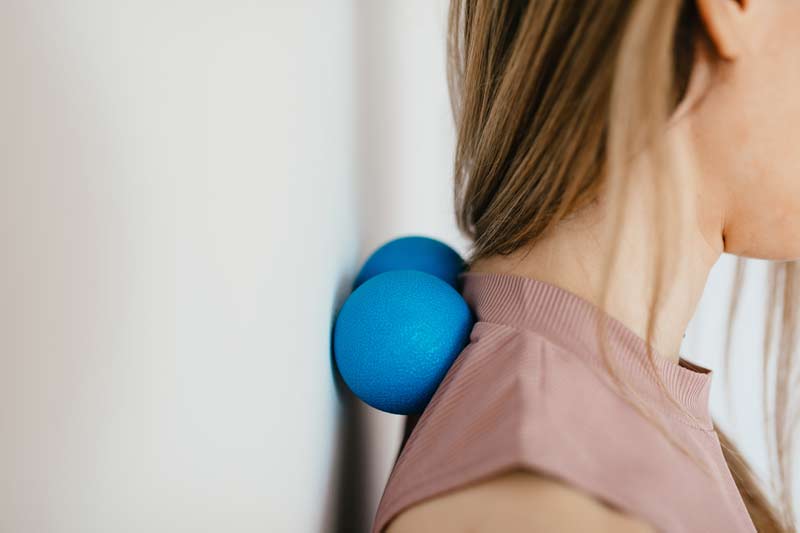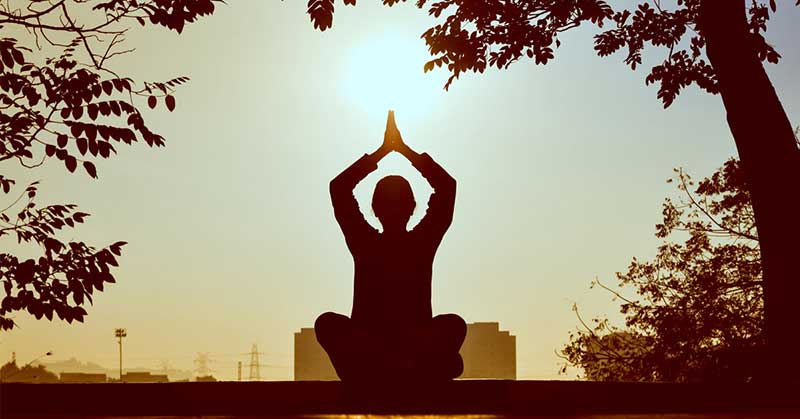In this article, we cover:
- In brief: how acupuncture works
- Where does acupuncture come from?
- How does acupuncture work with the five elements?
- How does acupuncture work with meridians?
- The different types of acupuncture
- The difference between Western and Chinese medicine
- Who is acupuncture for and what complaints can acupuncture help with?
- How does an acupuncture treatment work?
- What are the benefits of acupuncture?
- Is acupuncture covered by insurance?
- About Acupuncture Practice
In brief: how acupuncture works
Acupuncture works with Qi (energy flows), and is mainly about distributing energy and removing blockages in the flow of energy. By placing small needles at specific places on the body, a person regains balance. An acupuncture treatment lifts these blockages and allows the energy to flow again, resulting in immediate pain relief. Even in illness, acupuncture ensures the redistribution of various energy flows, promoting recovery. Preventively, acupuncture is used for the ideal balance for a specific person. We are all different and therefore have different basic needs. That's why an acupuncture treatment is always a personalized treatment.
In Chinese medicine, the different energy flows correspond to certain organs and emotions. This allows body and mind to be treated simultaneously.
As an acupuncturist, I am a network administrator of meridians and I balance yin and yang in the body. For instance, in pain and discomfort, there are various disturbances in the yin-yang dynamics. Where there is pain, there is stagnation (Chinese saying). It is our job as an acupuncturist to restore the function of the affected meridian system, to bring yin and yang into balance.
Widi, acupuncturist at Acupuncture Practice
Where does acupuncture come from?
Acupuncture is an ancient healing method. The oldest writing about acupuncture is 5000 years old. Acupuncture point tattoos have also been found on a well-preserved corpse preserved in the ice of the Alps. This glacial mummy, known as the 'Ice Man Ötzi,' was discovered on September 19, 1991, and lived 7200 years ago. He had 15 tattoos on his legs and lower back that matched acupuncture points used for lower back problems. A CT scan showed that he suffered from osteoarthritis in his lower spinal vertebrae.
Acupuncture in China
The Chinese Yellow Emperor, Huang Di, wrote down the basic principles of acupuncture. The book 'Nei Jing' consists of two parts, the 'Su Wen' and the 'Ling Shu.' In a conversation between the Yellow Emperor and his court doctors, the knowledge of acupuncture is revealed. Acupuncture was initially used preventively. It quickly started being used to treat many diseases as well.
The philosophy behind the background of acupuncture
The philosophy behind the background of acupuncture is fully integrated with daily life, the cosmos, and the universe. Humans are then seen as a microcosm compared to the macrocosm (the universe). The Yellow Emperor Huang Di is also the founder of the Chinese calendar which started in 2637 B.C.
How acupuncture became increasingly known in the West
In the early 1970s, the West was surprised by spectacular reports from China. People were operated on for severe conditions using acupuncture as anesthesia.
Prince Bernard was treated in 1971 for his shoulder and joints in London by a famous acupuncturist, Dr. Yong Keng-no. Two treatments were enough to make the pain disappear (Telegraaf 22 July 1971).
Two important organizations played a significant role in making the value of acupuncture for health known. The World Health Organization (WHO) and the American health institute, National Institute of Health, NIH. In 1979, the WHO came up with a list of conditions where Acupuncture was useful, and this became an important guide for practice. The FDA, Food and Drug Administration in America, cleared acupuncture needles for treatment on March 28, 1996.
How does acupuncture work with the five elements of Chinese Medicine?
Acupuncture works with Qi, mainly with the distribution of energy and the removal of blockages in the energy flow. Qi can best be explained as a 'stream' through the 'wiring', the energy legs (meridians) of the body. If the Qi flow is blocked, complaints arise: the energy balance is out of balance. If there is pain or discomfort, it means there is a disturbance in the Qi and blood circulation. Stagnation causes pain. (source: Zhong)
What is the relationship between acupuncture and the five elements from Traditional Chinese Medicine? The four basic energies of humans can be compared to the energy of the different seasons. They revolve around a center, which stands for the earth energy. Chinese medicine knows five elements. Wood (spring), Fire (summer), Metal (fall), Water (winter), Earth (center). The five elements thus represent the different qualities of energy that are represented in humans.
For instance, we treat many women in menopause for hot flashes and poor sleep. With an acupuncture treatment, we cool the fire using water. With acupuncture, you can distribute the energy over the five elements and thus bring them back into balance.
When we treat someone with pain, we can use acupuncture to get the energy that is stuck in the pain area moving. When the energy flows again, there is no more pain. That's why acupuncture works immediately.
How does acupuncture work with meridians?
Meridians are an interwoven network that connects organs, the body's surface, and the environment. Meridians are paths along which the body's Qi and nutrition move. Meridians are a communication system. They convey information about the zang-fu and about themselves. By placing small needles in specific places in a certain way on or along meridian channels in the body, the energy flow is influenced and the person comes back into balance.
Organs from the perspective of Chinese Medicine
Chinese Medicine views organs from a different standpoint than Western medicine. Each organ represents interrelated functions and an associated emotion. In Chinese medicine, there is a difference in organs that produce Qi and organs that store Qi. Organs that transform Qi without storing it take care of waste disposal. These are the zang-fu organs, a collection of organs that produce and regulate Qi and the body. In Western medicine, organs are only seen as anatomical structures.
Zang organs are: Heart, Spleen, Lung, Kidney, Liver, Pericardium (heart constrictor).
Fu organs: Stomach, Small intestine, Large intestine, Bladder, Gallbladder, Sanjiao (triple heater)
It works like this: treat one, and you also treat the other. For example: someone in pain is also very tired. Pain indeed takes energy. When the pain is treated and the pain goes away, naturally, more energy is created.
Various types of acupuncture
Over time, various specializations in acupuncture have emerged. They all work from the same basic principles. It's a matter of choosing which treatment method suits you best. Some acupuncturists use different techniques.
In our practice, most acupuncturists specialize in the Balance Method Acupuncture. The significant advantage of this specialization is that you don't place needles in the pain area itself, and a patient immediately feels relief in pain and relaxation in stress. The Balance Method Acupuncture is a system, an approach, applied to every person with every type of pain complaint.
View here an overview of our different locations in the Randstad.
What is the difference between Western and Chinese medicine?
The principles of Western and Chinese medicine differ from each other. From a Western perspective, the body and mind are different and are examined in great detail with all kinds of measuring instruments. From a Chinese perspective, a person stands between heaven and earth and is therefore influenced by his environment, seasons, moon cycles, and so on. Body and mind belong together and are different expressions of energy.
Western medicine is specialized and treats a specific part of a person. Chinese medicine is a holistic medicine and treats the person as a whole, enabling self-recovery. In addition to acupuncture, diet and lifestyle are an essential part of the treatment. You are what you eat and how you behave.
Chinese medicine as preventive medicine
Chinese medicine excels in preventing disease (preventive medicine) and supporting a sick person as a whole. In the case of illness, the derailment has been going on for a long time and has visibly affected the body. In such a case, Western and Chinese medicine can join forces to help the person cope with the often drastic Western treatments. For example, Chinese medicine can reduce the side effects of Chemotherapy. In Chinese medicine, people don't all get the same medicine prescribed but a personal treatment that looks at both body and mind.
In Western medicine, the costs of fighting diseases have been rising sharply in recent years. Traditional Chinese Medicine, on the other hand, works from our health as a starting point, which is why Chinese medicine significantly reduces costs.
Dualistic thinking versus dyadic thinking
We can also explain it like this: Western medicine is about dualistic thinking, where the mind and body are opposed to each other. Chinese medicine is about dyadic thinking, more from interaction. Think of mind and body, man and woman, and yin and yang. Western thinking is more about formal logic, and Chinese about yin-yang logic. Western is about two-value logic, Chinese about many-value logic. Contextual thinking is fundamental for Chinese thinking.
Who is acupuncture for, and what complaints can acupuncture help with?
Acupuncture is literally for everyone. Acupuncture is a custom treatment. The body and mind are different manifestations of the same quality of energy. So physical and psychological complaints are treated simultaneously in our practice. By feeling the pulse, looking at the tongue, and asking questions, it is clear to the acupuncturist which energies need to be balanced in a particular person. Different people with the same diagnosis are often treated differently in our practice.
Every human being is part of the universal energy. For example, the menstrual cycle follows the moon cycle. All qualities of energy around us, such as in the seasons, are also reflected in humans. For example, an outburst of anger is wood energy and comparable to the explosive growth in spring. The five different qualities of energy (elements) we see in humans and are linked to certain organs.
Acupuncture ensures the correct distribution of energy between the various organs in a preventative way.
In illness, acupuncture, possibly in combination with Western medicine, helps to redistribute the energy properly, allowing the sick organ to recover.
Check here for an overview of different complaints that our acupuncturists can help with.
How does an acupuncture treatment work?
The acupuncturist determines where the disturbance lies during the first treatment. For this, the pulse is felt, the tongue is examined, and a few questions are asked. Then you may lie down on a wonderfully comfortable mattress and the treatment can begin. The tiny needles are usually placed in the forearms and lower legs and on the head. Therefore, preferably wear loose, comfortable clothing with which the treatment sites are accessible. Once the needles are in place, you can relax for 30 minutes with some music playing in the background. Acupuncture treatment is considered very relaxing.
Tip: Read here various patient experiences from our practices (Dutch).
Usually, at least four treatments are needed to be able to effect a redistribution of energy. After four treatments, we do an evaluation and advice on possible follow-up treatments. The more chronic the complaint, the more treatments are often needed. Acupuncture influences the energy flows in the person by placing small needles, resulting in immediate relief in pain, and immediate relaxation in stress.
Is acupuncture covered by insurance?
Yes. Acupuncture is covered by supplemental insurance. Therefore, it does not deduct from your deductible. Check if you have supplemental insurance and what your insurance covers per treatment and in total per year. Often, 4-8 treatments are required.
An overview of the benefits of acupuncture:
- Natural treatment without side effects
- Personalized treatment, completely tailored
- Balances body and mind
- Provides deep relaxation
- Provides immediate pain relief
- Can be used alongside other treatment methods
- Reduces side effects of Western treatments
About Acupuncture Practice
Acupuncture Practice is a group practice of acupuncturists who work closely together. With practices at various locations in the urban area, there is always an acupuncturist near you. Our acupuncturists have an intensive collaboration, which allows knowledge and experience to be shared. Also, Acupuncture Practice offers various specializations, so you can choose what fits best. Think of the Balance Method Acupuncture, Japanese acupuncture, and Tuina.
Make an appointment at one of our locations in Breukelen, Hoofddorp, Nieuw-Vennep, Rijswijk / Delft, Voorburg or Wassenaar.



